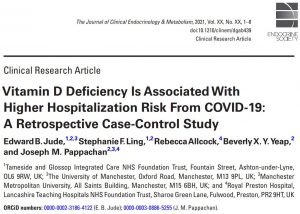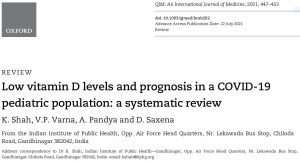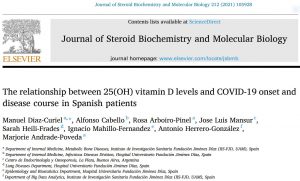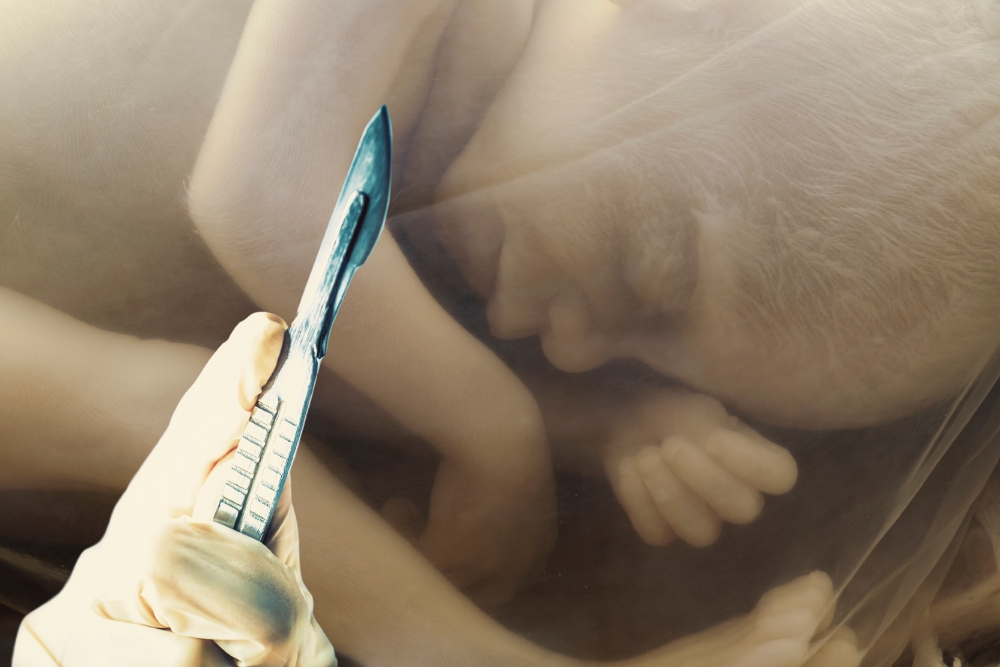Almost 2 years on from the start of the worldwide pandemic caused by SARS-CoV-2, there is increasing empirical support for the role that Vitamin D plays in the prevention of serious disease outcomes from COVID-19. The papers that have been published particularly since mid-2021, all point toward Vitamin D deficiency being correlated with hospitalisation risk across all age groups. This appears to hold true across multiple countries.
With NZ now in summer and with the impending introduction of COVID vaccination to children aged 5-11 years in early 2022, we highlight some of these studies in the interest of better outcomes in the event of an infection.

Published in October 2021 in the Journal of Clinical Endocrinology & Metabolism, this paper aimed “To examine whether hospitalization with COVID-19 is more prevalent in individuals with lower vitamin D levels”. The study included 80,670 patients from North West England between 1st April 2020 to 29th January 2021. The study’s authors concluded that, “Vitamin D deficiency is associated with higher risk of COVID-19 hospitalization. Widespread measurement of serum 25(OH)D and treatment of insufficiency or deficiency may reduce this risk.”

This was a review paper that amalgamated the results of six studies and focused on pediatric patients. The studies were from various parts of Europe and the US and varied from 14 patients to 987,849 patients. The systematic review concluded that,
“almost half of the pediatric COVID patients suffer from vitamin D deficiency. It is also clear that the deficiency is associated with greater risk of infection and poor outcome in pediatrics. Vitamin D supplementation needs to be explored as a preventive prophylactic, for the prevention and management of COVID-19 in children and adolescents.”
The abstract for the paper was more unambiguous and stated,
“It was also found that children and adolescents having vitamin D deficiency had greater risk of COVID infection as compared to patients with normal vitamin D levels. Improvement in disease severity with vitamin D supplementation was also noted. The systematic review showed that almost half of the pediatric COVID patients suffer from vitamin D deficiency. It is also clear that the low level of vitamin D is associated with greater risk of infection and poorer outcome in pediatrics.”

This study‘s authors “aimed to study the association between levels of circulating 25-hydroxyvitamin D (25(OH)D) and adverse clinical outcomes linked to SARS-CoV-2 infection.” The patients involved were 1,549 Spanish people in Madrid. Key observations were that:
“An analysis by age group revealed that COVID-19 patients between the ages of 20 and 80 years old had significantly lower vitamin D levels than those of the normal population (p < 0.001).”
“When using a logistic regression model, we found that vitamin D levels continued to show a statistically significant relationship with ICU admission rates, even when adjusting for sex and age. Therefore, the relationship found between vitamin D levels and the risk of ICU admission was independent of patient age and sex in both groups. Deceased patients (n = 324 tended to have lower levels of 25 (OH)D that normal population of the same age (p < 0.001).”

This study was done on a smaller (n=220) group of patients in Brazil and published in the American Journal of Clinical Nutrition in August 2021. The authors concluded that, “Among hospitalized patients with moderate to severe
COVID-19, those with severe 25(OH)D deficiency (<10 ng/mL) exhibited a trend for longer hospital length of stay compared with patients with higher 25(OH)D concentrations.”

A systematic review paper that encompassed one population study and 7 clinical studies, looked at reported D3 blood levels preinfection or on the day of hospital admission. The authors concluded that,
“The datasets provide strong evidence that low D3 is a predictor rather than just a side effect of the infection. Despite ongoing vaccinations, we recommend raising serum 25(OH)D levels to above 50 ng/mL to prevent or mitigate new outbreaks due to escape mutations or decreasing antibody activity.”










